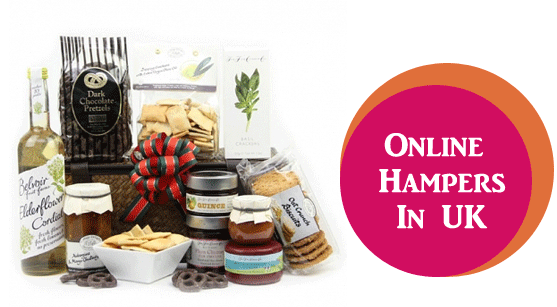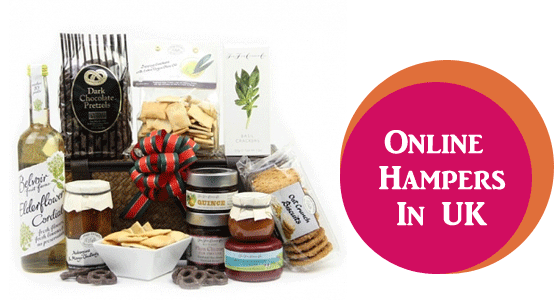The tradition of presenting gift hampers for varied occasions originated in Europe. Gradually, the idea spread to the U.S., Canada, South Africa and Australia. In modern times, it has become a global phenomenon, especially with the advent of the Internet. As a result, you may place orders for online hampers in UK and other places across the world.

Religious Backgrounds of Gift Hampers
- Although the term ‘hamper’ was not in use in Ancient Times, the idea of carrying gifts in a basket was definitely in place. To illustrate, Eostre, the pagan Goddess of the Saxon people residing in Northern Europe, would carry plants in a basket to be used as sacred offerings for the Gods. Her name is derived from the Latin ‘Eastre’, that is, spring, Since then, gift baskets became synonymous with Easter celebrations.
- The thought of using a wicker basket for bestowing gifts was probably derived from a story in the Old Testament. Jochebed, a Hebrew woman gave birth to a healthy baby boy in Egypt. Fearing a future rebellion by the increasing number of Jews in the country, the Egyptian Pharaoh ordered all Hebrew newborns to be killed. Jochebed lined a wicker basket with waterproof tar, placed her baby in it and left it amongst the reeds growing on the banks of the River Nile. The Pharaoh’s daughter found the baby and fortunately, employed his own mother to nurse and care for him until he grew up. Later on, she adopted the boy, giving him a new name, Moses. Moses became a Prophet, the receiver of the Ten Commandments from God.
Origin of Gift Hampers
- During the 11th century, the French found it convenient to transport wine and foodstuffs across land and sea, in well-packed baskets. Every basket was referred to as ‘hanapier’, that is, a case containing goblets.
- The first person to bring the hanapier to England was William the Conqueror. This was during the Victorian Era.
- Thenceforth, the British began to use large, woven wicker containers for transporting food. The well-ventilated, durable baskets kept food safe and unspoiled, even during long journeys. Furthermore, they were light in weight, unlike wooden boxes and barrels.
- With the launching of the railway system in the 19th century, it became easier to forward even perishable goodies in gift hampers across the nation. The innovative idea was mooted by a departmental store in London.

They are Suitable for All Occasions
- In the beginning, gift hampers were sent around to loved ones only during Christmas time. Even business owners believed them to be appropriate presents for their employees.
- Recipients enjoyed the thought of finishing off the festive season with their favourite foods and drinks. Generally, there would be enough to last a week.
- Over time, people began to dwell upon the idea of sending other things as gifts, especially for other celebratory events. Thus, apparel, sweets, toys, health and beauty items, flowers, etc. found their way into these hampers.
In modern times, external embellishments, such as ribbons, tinsels, etc. are also added, in order to make the hamper look more attractive.


